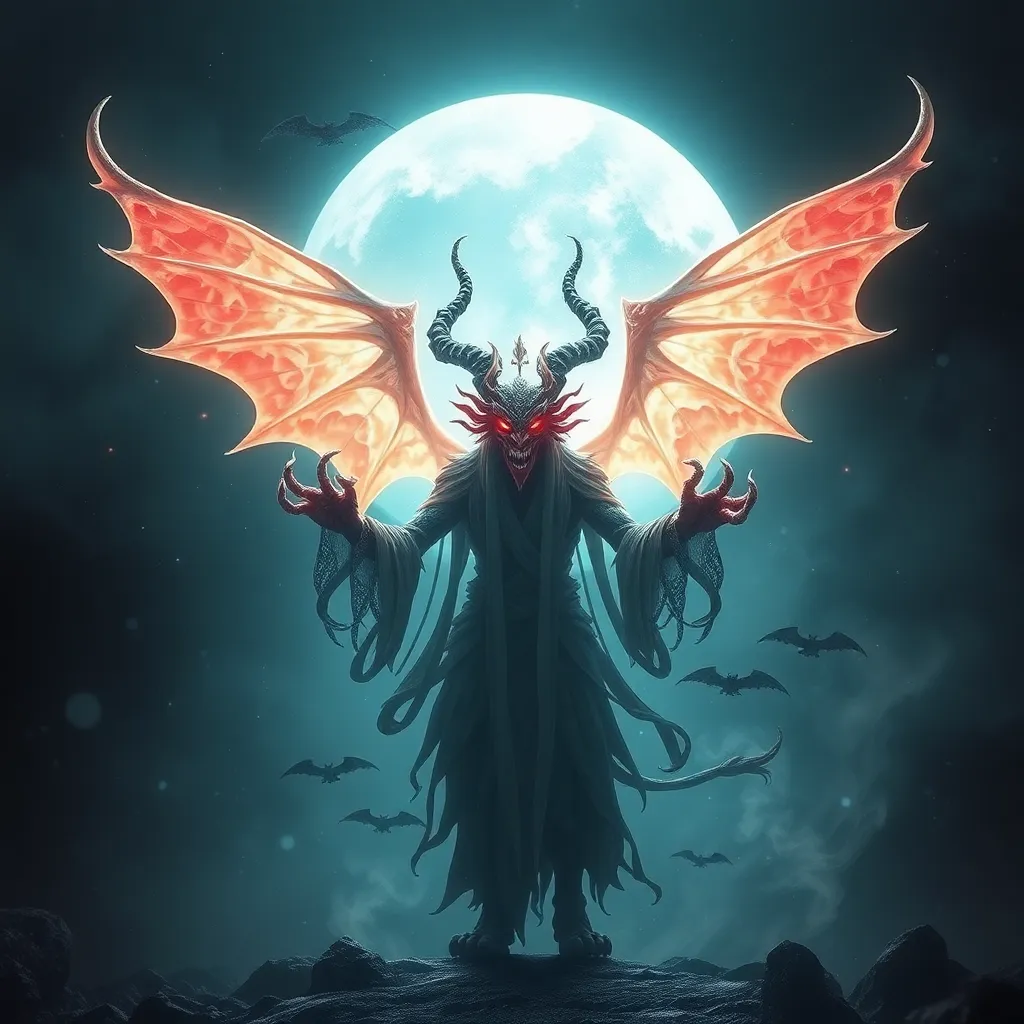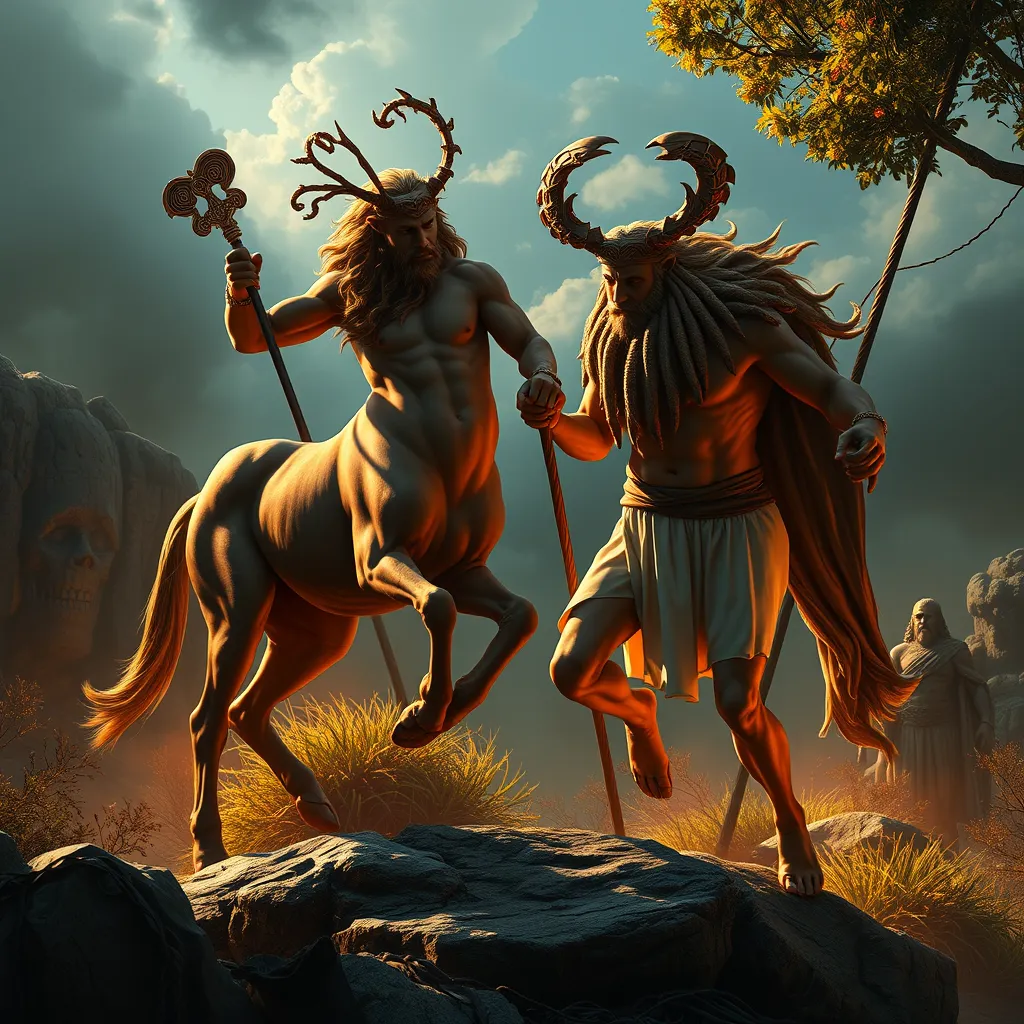The Empusa in Korean Mythology: Exploring the Demon’s Role in Korean Folklore and Legends
I. Introduction
Korean mythology is a rich tapestry of stories and legends that have been passed down through generations, reflecting the beliefs, values, and fears of the Korean people. Among the myriad of figures that populate this mythological landscape, the Empusa stands out as a particularly intriguing demon. Traditionally depicted as a shape-shifting entity, the Empusa embodies various aspects of fear and desire, making it a compelling subject for exploration.
This article aims to delve into the origins, characteristics, and cultural significance of the Empusa in Korean folklore. Readers can expect to gain insights into how this demon has evolved over time and its relevance in contemporary society.
II. Origins of the Empusa in Korean Folklore
The Empusa’s origins in Korean folklore can be traced back to ancient beliefs surrounding spirits and demons. Historical texts suggest that the concept of the Empusa may have been influenced by both indigenous Korean beliefs and external cultural exchanges, particularly with China and Japan.
In Korean mythology, the Empusa is often linked with other supernatural beings, such as:
- Cheonjiwang, the king of heaven
- Gumiho, the nine-tailed fox
- Yongwang, the dragon king
Over the centuries, the depiction of the Empusa has undergone significant transformations, reflecting changing societal values and fears. Originally viewed solely as a malevolent force, the Empusa has come to be seen as a more complex character, embodying both darkness and light.
III. Characteristics and Traits of the Empusa
The Empusa is characterized by its ability to shape-shift, often transforming into a beautiful woman to seduce unsuspecting victims. Physical descriptions of the Empusa vary, but common traits include:
- Long, flowing hair
- Pale skin that gives an ethereal appearance
- Eyes that can change color, reflecting its mood or intentions
Behaviorally, the Empusa is often depicted as cunning, deceptive, and manipulative. Common legends highlight its ability to lure men into dangerous situations, resulting in their demise or loss of vitality. Symbolically, the Empusa represents:
- Temptation and the dangers of desire
- Fear of the unknown and the supernatural
- Societal anxieties regarding gender roles and sexuality
IV. The Empusa in Korean Legends and Stories
Several notable folktales feature the Empusa, each illustrating its multifaceted nature. One famous story tells of a traveler who encounters a beautiful woman in the woods, only to discover she is the Empusa in disguise. As the tale unfolds, the traveler must navigate the dangers of desire and ultimately confront the truth of the Empusa’s identity.
In these narratives, the Empusa often serves as a catalyst for character development, pushing protagonists to confront their fears and desires. The moral lessons embedded in these stories reflect cultural values such as:
- The importance of caution and discernment
- The consequences of unchecked desire
- Gender dynamics and the complexities of relationships
V. The Empusa’s Relationship with Other Mythical Creatures
In a comparative analysis of the Empusa with similar demons in other cultures, one can see parallels with figures like the succubus in Western mythology. Both entities share traits of seduction and danger, reflecting universal themes of temptation.
Within Korean mythology, the Empusa interacts with various figures, including:
- Shamanistic spirits, which often serve as protectors against malevolent forces
- Other demons like the Gumiho, showcasing the dualities of good and evil
These interactions often highlight conflicts between desires and societal norms, with the Empusa representing the chaotic side of human nature.
VI. The Empusa in Contemporary Korean Culture
The influence of the Empusa extends into modern literature and media, where it is often reimagined in new contexts. Contemporary authors and filmmakers draw inspiration from this mythological figure, exploring themes of femininity, power, and identity.
In art and performance, the Empusa is represented in various forms, including:
- Visual art that captures its ethereal beauty and danger
- Theater and dance performances that explore its dual nature
As interest in traditional folklore resurges, the Empusa continues to be a relevant figure, encouraging discussions about cultural identity and heritage.
VII. Interpretations and Symbolism of the Empusa
The Empusa can be interpreted through various psychological and sociocultural lenses. It embodies fears of the unknown, particularly around sexuality and the complexities of gender dynamics. In many stories, the Empusa serves as a cautionary figure, warning against the dangers of desire and the consequences of ignoring societal boundaries.
Additionally, the portrayal of the Empusa can reflect deeper societal anxieties, including:
- Women’s roles in society and the fears surrounding female empowerment
- Taboos related to sexuality and relationships
VIII. Conclusion
In summary, the Empusa is a significant figure in Korean mythology, with a rich history and complex character traits. Its evolution over time reflects broader cultural changes and anxieties, making it a compelling subject for study.
The continuing relevance of the Empusa in modern society serves as a reminder of the importance of folklore and mythology in understanding human nature and cultural identity. As we explore these tales, we preserve the wisdom and moral lessons embedded within, ensuring that the stories of the Empusa and other mythical figures endure for future generations.



